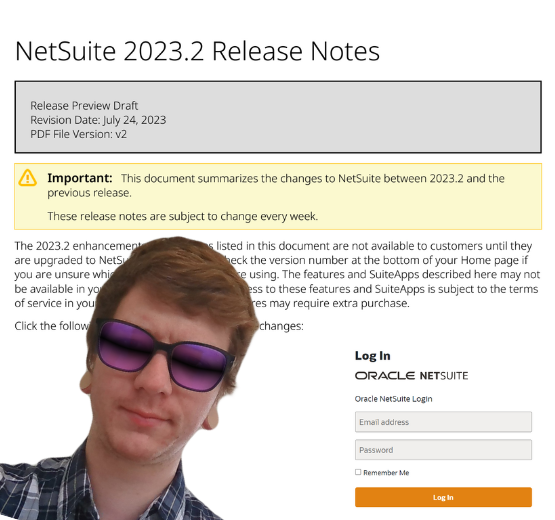Making changes to business software can be a daunting prospect, but with the product life of some Microsoft Dynamics AX versions coming to an end in April 2022, businesses using this solution need to start thinking about an upgrade to ensure continued optimum security and functionality.
The systems affected will be Dynamics AX 2009 (SP1), Dynamics AX 2012 R2 and Dynamics AX 2012 – mainstream support ended in October 2018 and extended support ceases on 12 April 2022.
Furthermore, mainstream support for Dynamics AX 2012 R3 ends in October 2021. After that date, only security hotfixes will continue to be provided through the extended support period that continues until January 10, 2023.
Microsoft Dynamics 365 (D365) is the natural product to switch to – a web and cloud-based solution accessible from any device without the need for the infrastructure footprint associated with some AX versions, so the switch can be hassle-free. Furthermore, D365 is a modular solution so your organisation can make use of the components it requires, whether that’s Finance, Service, Commerce, Supply Chain or HR. And you can learn more about some of the modules here –
What is Microsoft Dynamics 365? Part 1: Benefits of D365 Finance and Supply Chain Management modules
What is Microsoft Dynamics 365? Part 2: Benefits of D365 Sales, Service & Marketing modules
Switching to Microsoft Dynamics 365 provides a variety of benefits – from heightened functionality and security through to reduced IT maintenance and flexibility.
Better customisation processes help prevent compatibility issues
Many modern software solutions are laden with features that can be suitable for a variety of businesses, but of course, there will often be a need to customise systems for specific business requirements. In Dynamics AX, the method for achieving customisations is an overlay approach, whereby customer, product and any other codes are separated, and then layered back over one another. This is where compatibility issues can often arise, and additional work by developers to adjust code to overcome these issues is needed.
In D365, the extensibility model is used. This allows for customisations through extension points – requested from Microsoft, which provides them directly as needed. This makes customisation easier and more successful. It is important to highlight that customisation can be a key area for issues, and so getting help with implementation and customisation from a solutions partner with extensive implementation experience can be invaluable to help negate this.
Heightened functionality across a variety of business processes and industries
While any upgrade or implementation of new solutions can present concerns, there is no doubt that the benefits will soon outweigh any perceived hassle, and that the business will be able to achieve enhanced efficiencies with better management of key processes.
On the business operations front, D365 offers a myriad of additional features when compared to Dynamics AX – budget planning, electronic reporting and SEPA direct debit facility will all be new features, while new organisation-wide benefits include task recording, with integrated Help function.
For manufacturing sector users, asset management and near-real time demand planning are new functions for previous or current AX users – both particularly useful in today’s climate, with more dramatic fluctuations in demand requiring a real-time approach. The multi-site advanced warehouse management function available in D365 will be a welcome feature for those in the distribution arena, managing stocks over multiple outlets and catering for the changing requirements in accordance with shifting consumer behaviour, exacerbated by national and regional lockdowns and restrictions. The monthly subscription model also plays nicely to a rapidly changing industry – there is total flexibility to buy only what is needed, and scale up or down in accordance, with this solution.
Cybersecurity is paramount for ERP users
Cybersecurity will always be a key consideration for Enterprise Resource Planning (ERP) system users and with D365, robust security is in place. The built-in disaster recovery, 24/7 technical support from Microsoft and our own office hours’ support offers peace of mind for businesses across all sectors. With a plethora of sensitive data flowing through the heart of many businesses across all sectors in today’s commercial world, it’s a feature and consideration not to be overlooked.
On the data front, the business intelligence features within D365 give access to real-time insights that can be invaluable. Data can be consolidated and customised with convenient dashboards and reporting options – helping business owners see the state of any part of the business at-a glance or in-depth, and with predictive analytics powered by Microsoft Power BI, forecasting can be accurate. This is another major requirement of businesses today, trying to navigate unchartered waters in a changing economic landscape.
To find out more about some of the individual benefits and features of D365 compared with Dynamics AX, pertinent to different industries, there are a variety of Microsoft resources available in user-friendly charts offering direct comparisons of systems and functions. But with the hard deadline of October 2021, after which time security and functionality will be impaired – with no updates available – now is the time to start thinking about getting your migration project underway.
A seamless switch can be made using a software partner like ourselves to design and implement the system, so if you’re interested in finding out more give us a call on 0300 133 5000.
Keep reading

What is a NetSuite implementation partner? How do you choose one?

Technology fit for total customer service in 2024

Retail and wholesale distribution: how to improve supply chains

Ditching Sage 1000: what you need to know from businesses that have done it

6 ways AI-ready Microsoft Dynamics 365 helps chartered associations serve members

6 retail and wholesale distribution challenges and how NetSuite solves them

The most exciting features in Microsoft Dynamics 365 2023 Release Wave 2

How to manage a new NetSuite Release: one expert's update process

What’s in NetSuite Release 2023.2?

